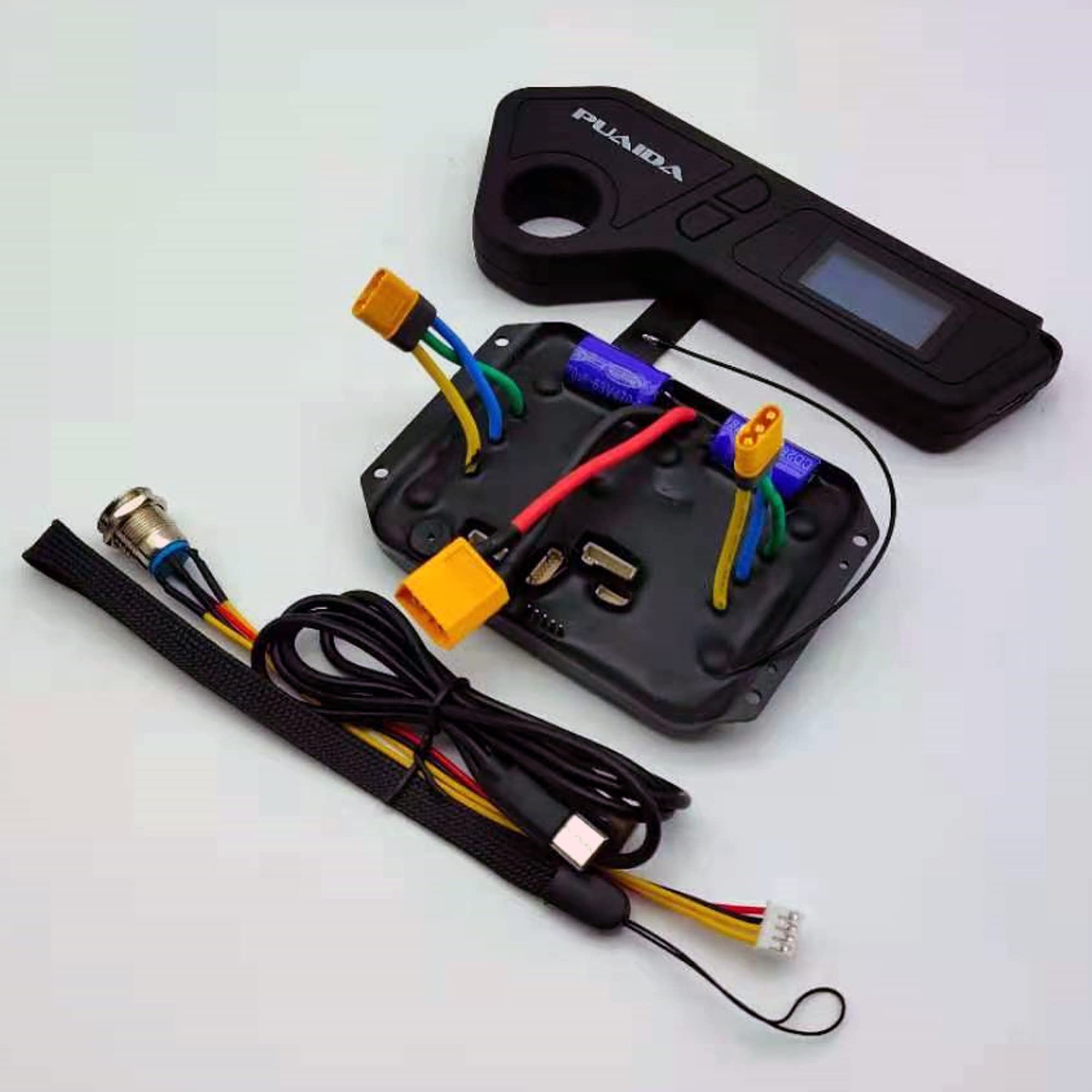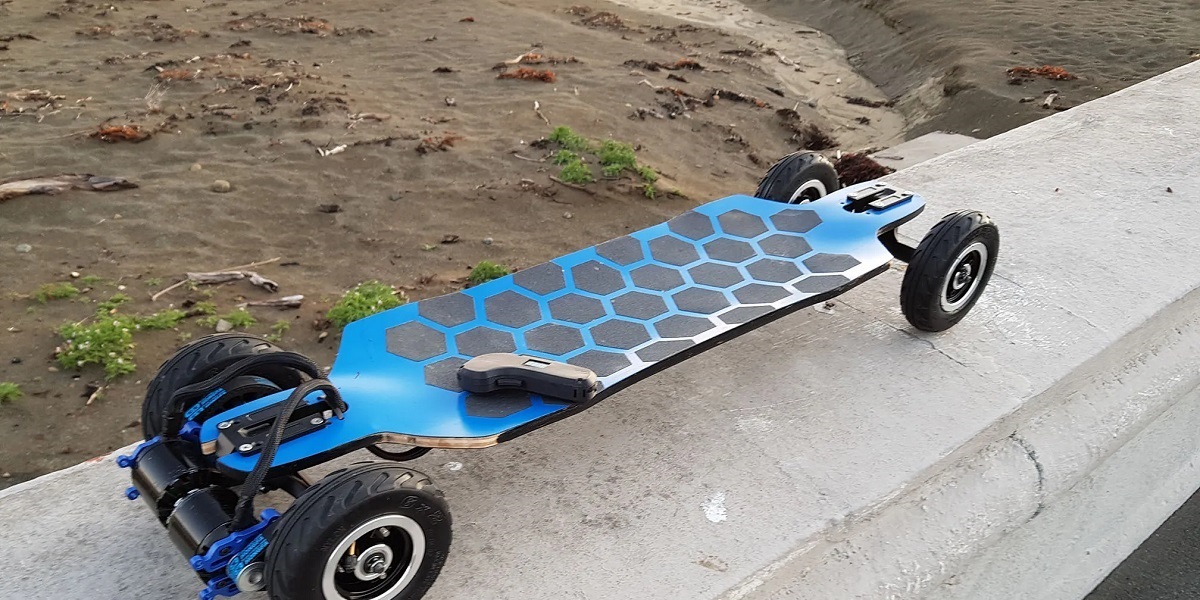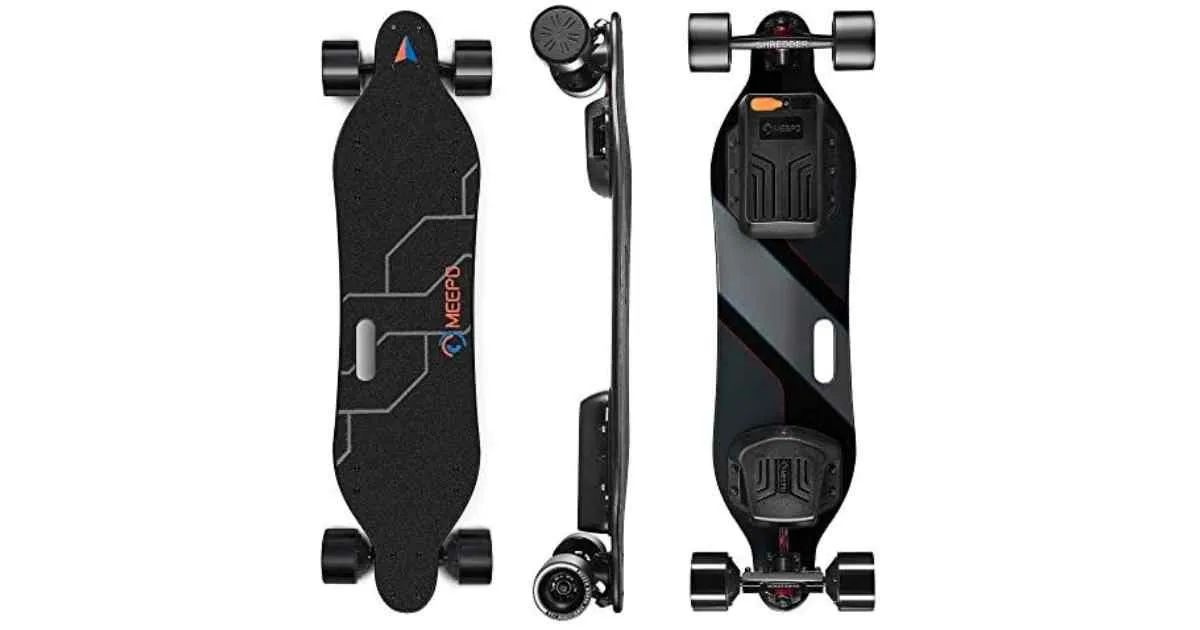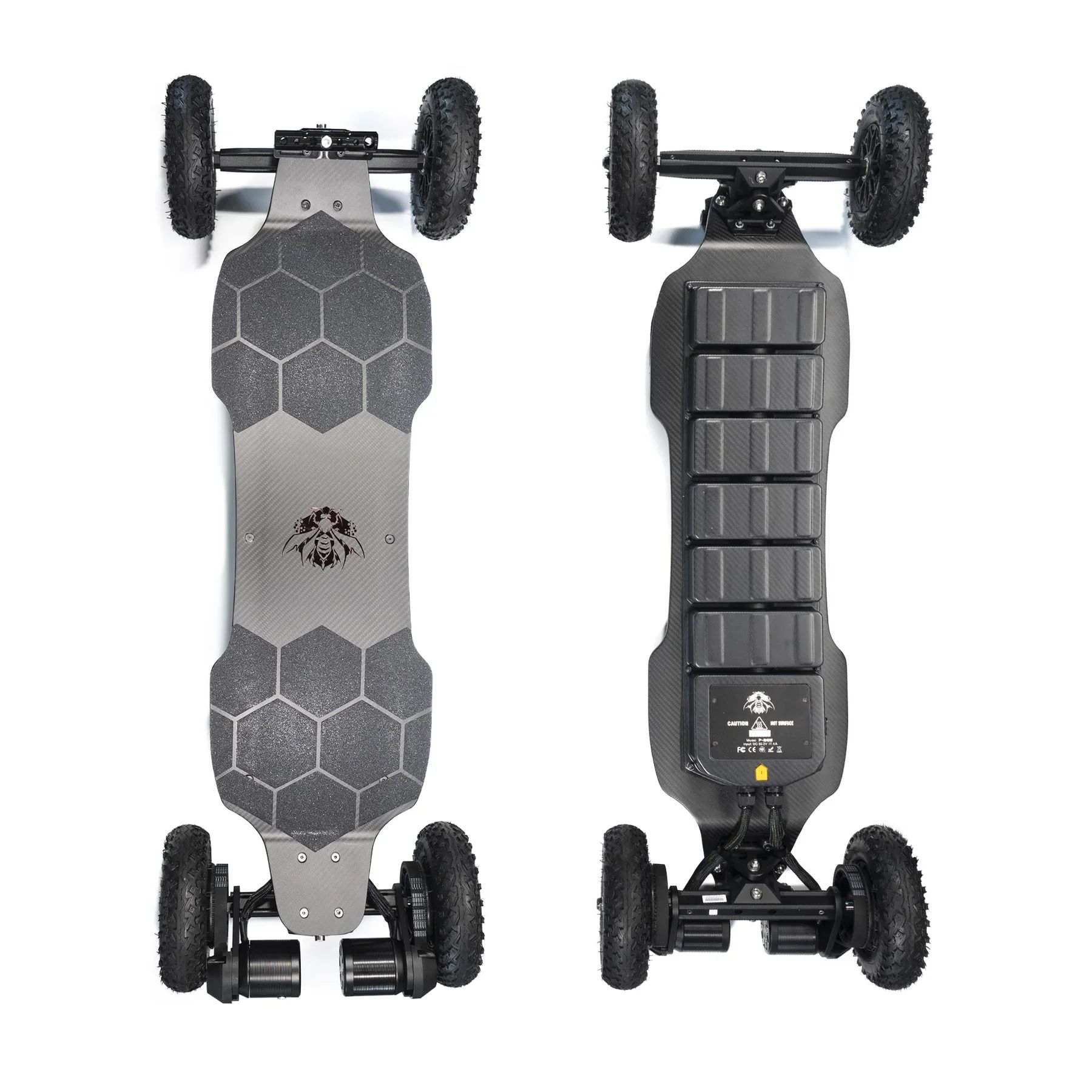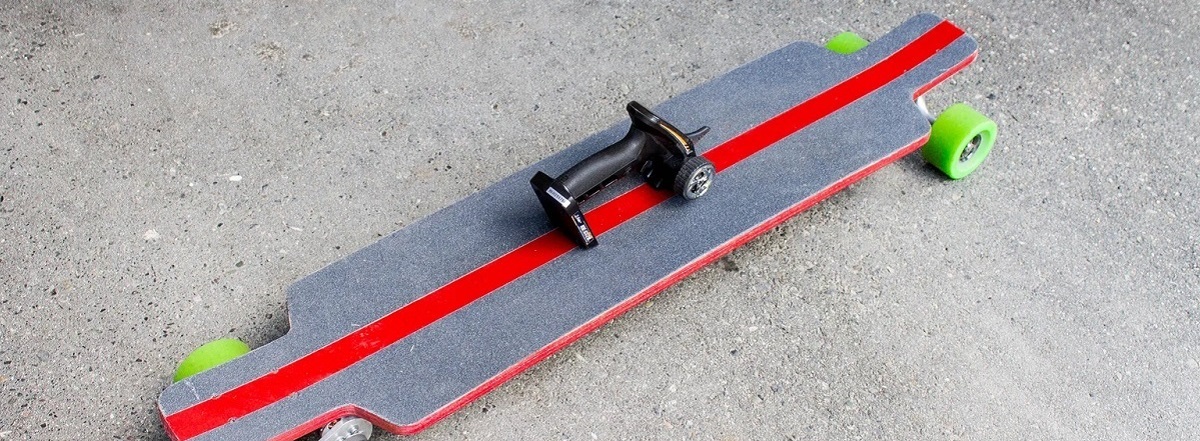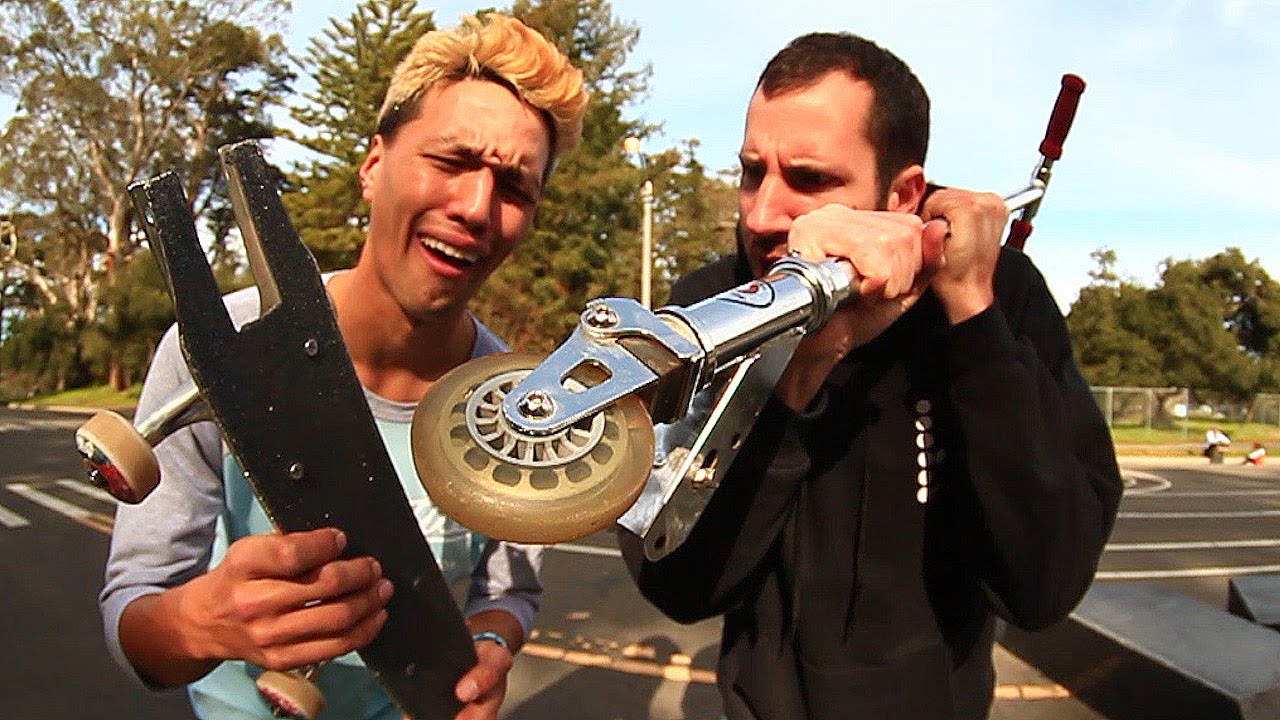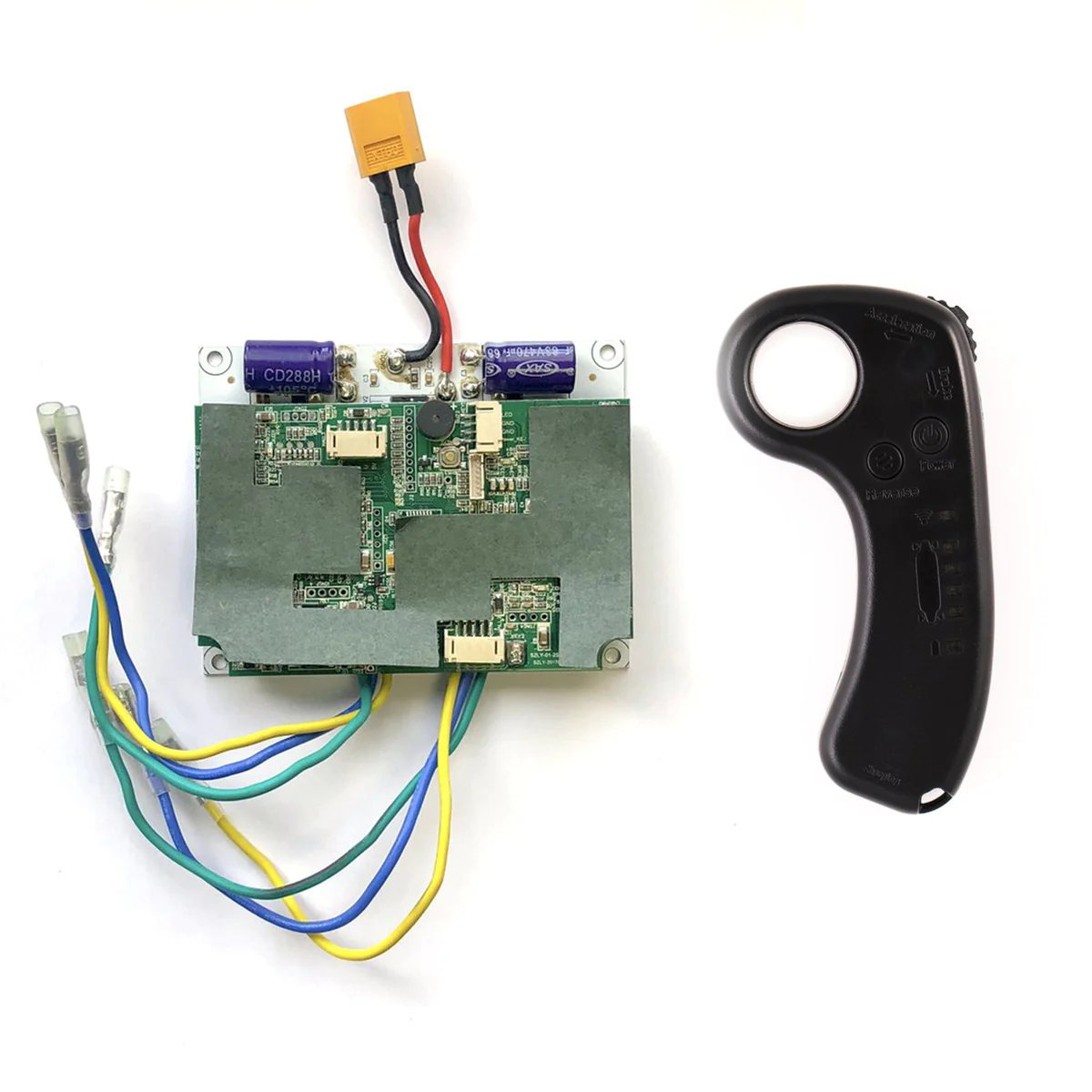Introduction
Welcome to the world of electric skateboards, where freedom and thrill come together in a seamless ride. Electric skateboards have revolutionized the way we travel short distances, providing a fun and eco-friendly alternative to traditional transportation methods. On the surface, these sleek and powerful machines may seem simple, but lurking beneath their decks lies a sophisticated component that plays a vital role in their functionality – the ESC or Electric Speed Controller.
An ESC is essentially the brain of an electric skateboard, responsible for controlling the speed and acceleration of the motor. It serves as the intermediary between the rider’s input and the board’s propulsion system, making it a crucial element in delivering a smooth and enjoyable riding experience. In this article, we will delve into the inner workings of an ESC, explore its benefits, and provide valuable insights on choosing, maintaining, and troubleshooting this essential component.
Whether you are a seasoned rider or new to the world of electric skateboards, understanding the role of the ESC is essential to maximize performance, ensure safety, and prolong the lifespan of your board. So, let’s dive in and explore the fascinating world of ESCs and their significance in electric skateboards.
What is ESC?
The Electric Speed Controller, or ESC, is a vital component of an electric skateboard that regulates the speed and acceleration of the motor. It acts as a bridge between the rider’s input and the motor controller, ensuring the desired speed and control are achieved. Think of it as the command center that interprets your movements and controls the power output to propel the skateboard forward.
An ESC typically consists of a microcontroller, which processes the signals from the rider’s input device, such as a remote control or a smartphone app. It also incorporates other components like a motor driver circuit, which converts the low-power signals from the controller into high-power signals that the motor can understand.
Moreover, ESCs often feature multiple settings and modes that allow riders to adjust their riding experience. For instance, some ESCs offer different speed modes, allowing riders to switch between beginner, intermediate, and advanced modes based on their skill level and comfort. Additionally, certain ESCs come with braking modes that offer varying levels of regenerative braking, enabling riders to maintain better control and extend battery life.
ESC technology has evolved significantly over the years, with newer models integrating advanced features like regenerative braking, intelligent lighting systems, and app connectivity. These advancements have not only improved performance but have also enhanced rider safety and overall user experience.
In essence, the ESC serves as the brains behind an electric skateboard, working tirelessly to interpret and execute the rider’s commands, ensuring a seamless and exhilarating journey.
How does ESC work?
Understanding how an Electric Speed Controller (ESC) works is key to grasping its role in an electric skateboard. At a high level, the ESC takes input from the rider and translates it into signals that control the motor’s speed and acceleration. Let’s dive deeper into the inner workings of an ESC:
1. Signal Processing: The ESC receives input from the rider through a remote control or smartphone app. This input is in the form of throttle and brake commands. The ESC’s microcontroller processes these signals, interpreting the rider’s intentions.
2. Motor Control: Once the signals are processed, the ESC generates output signals that command the motor to rotate at a specific speed. The motor driver circuit within the ESC then amplifies these low-power signals into high-power signals that can drive the motor.
3. Speed Control: Through the signals sent to the motor, the ESC controls the speed and acceleration of the skateboard. By adjusting the voltage and current supplied to the motor, the ESC can increase or decrease the speed, enabling the rider to maintain the desired pace.
4. Braking and Regenerative Braking: When the rider wants to slow down or stop, the ESC activates the braking system. Some ESCs feature regenerative braking, which converts the kinetic energy of the moving skateboard back into electrical energy, charging the battery in the process.
5. Safety Features: ESCs often incorporate safety features to protect the rider and the skateboard. These can include temperature sensors to prevent overheating, voltage protection to avoid over-discharge, and current limiting to prevent damage to the motor or ESC.
By harnessing the power of modern electronic components and intelligent programming, ESCs play a pivotal role in delivering a smooth and controlled riding experience. Their ability to translate the rider’s input into precise motor control ensures efficient power delivery and a responsive ride.
Benefits of ESC in an Electric Skateboard
The Electric Speed Controller (ESC) brings several key benefits to an electric skateboard, enhancing the overall riding experience for enthusiasts. Let’s explore the advantages of incorporating an ESC in your electric skateboard:
1. Smooth and Controlled Acceleration: The ESC provides precise control over motor speed, allowing for gradual and smooth acceleration. This ensures a seamless and enjoyable riding experience, especially for beginners who may need time to get accustomed to the power and responsiveness of an electric skateboard.
2. Customizable Ride Modes: Many ESCs offer different ride modes, allowing riders to choose between different speed and acceleration settings based on their skill level and preference. This versatility enables riders to tailor their experience and gradually increase the board’s performance as they gain confidence and proficiency.
3. Enhanced Safety Features: ESCs often include safety features such as over-current protection, over-temperature protection, and low-voltage protection. These features safeguard both the rider and the skateboard from potential damage, ensuring a safe and reliable ride.
4. Regenerative Braking: Some ESCs support regenerative braking, which harnesses the energy generated during braking to recharge the battery. This not only helps extend the skateboard’s range but also contributes to a more eco-friendly mode of transportation by reducing energy waste.
5. Improved Battery Efficiency: An ESC optimizes power delivery to the motor, resulting in improved battery efficiency. By intelligently controlling the motor’s speed and acceleration, the ESC ensures that energy consumption is optimized, maximizing the skateboard’s range and allowing for longer rides on a single charge.
6. Precise Speed Control: The ESC enables precise speed control, allowing riders to maintain a consistent pace and navigate varying terrains with ease. This control promotes stability and confidence in riding, making it easier to maneuver and handle the skateboard in different scenarios.
7. Convenient Remote Control: ESCs are typically paired with remote controls that provide a convenient and intuitive way to interact with the skateboard. These ergonomically designed remotes often feature speed adjustment, brake control, and battery level indicators, enhancing the overall riding experience and ease of use.
With these benefits, an ESC is an essential component for any electric skateboard enthusiast. Its ability to provide smooth acceleration, customizable ride modes, enhanced safety features, and improved battery efficiency significantly enhances the overall riding experience and enjoyment.
Factors to consider when choosing an ESC for an Electric Skateboard
When selecting an Electric Speed Controller (ESC) for your electric skateboard, several important factors should be taken into consideration. These factors can make a significant difference in terms of performance, safety, and overall user experience. Let’s explore the key considerations when choosing an ESC:
1. Compatibility: Ensure that the ESC you choose is compatible with your specific skateboard model. Different skateboards may require different voltage ranges and motor configurations. It is crucial to select an ESC that is designed to work with your skateboard’s motor and battery specifications.
2. Motor Capability: Consider the power requirements of your skateboard’s motor. The ESC should have the necessary capacity to handle the motor’s power demands effectively. Choosing an ESC with a higher amp rating than the motor’s peak current ensures smoother operation and allows for potential upgrades in the future.
3. Ride Modes and Customization: Look for ESCs that offer different ride modes or allow for customization. Having the ability to adjust speed and acceleration settings according to your skill level and riding preference can greatly enhance your riding experience and assist with the learning curve.
4. Braking System: Evaluate the braking capabilities of the ESC. A smooth and responsive braking system is essential for safety and control. Look for ESCs that offer regenerative braking, which not only improves safety but also helps extend battery life.
5. ESC Program: Consider the availability and usability of the ESC’s programming tools. Some ESCs have dedicated software or smartphone apps that allow riders to fine-tune various settings and parameters to their liking. This level of customization can greatly enhance the performance and responsiveness of the skateboard.
6. Safety Features: Ensure that the ESC incorporates necessary safety features such as over-current protection, temperature monitoring, and low-voltage cutoff. These features help prevent damage to the ESC, motor, battery, and provide a safe riding experience.
7. Reliability and Durability: Look for ESCs that are known for their reliability and durability. Read reviews and check the reputation of the manufacturer to determine the quality of the ESC. A reliable ESC will ensure consistent performance and longevity, allowing you to enjoy your electric skateboard for years to come.
8. Price Considerations: While cost should not be the sole determining factor, it is important to consider the price of the ESC in relation to its features and quality. Strive to find a balance between your budget and the desired performance and functionality of the ESC.
By considering these factors, you can make an informed decision when selecting an ESC for your electric skateboard. Choosing the right ESC ensures optimal performance, safety, and overall riding experience, allowing you to fully enjoy the thrill of electric skateboarding.
Common issues and troubleshooting with ESC in an Electric Skateboard
While Electric Speed Controllers (ESCs) are designed to provide a smooth and seamless riding experience, like any electronic component, they can sometimes encounter issues. Understanding common problems and troubleshooting techniques can help riders diagnose and resolve ESC-related issues efficiently. Let’s explore some common issues and troubleshooting steps for ESCs in electric skateboards:
1. Connection Problems: Ensure that all connections between the ESC, battery, and motor are secure and properly connected. Loose connections can cause intermittent power loss or erratic behavior. Check for loose wires or connectors and securely fasten them.
2. Calibration Issues: If your electric skateboard is experiencing speed control or responsiveness problems, recalibrating the ESC may help. Refer to the manufacturer’s instructions for the specific calibration process for your ESC. This usually involves turning on the remote control and following a sequence of steps to calibrate the ESC and the remote control.
3. Overheating: Extended periods of use or aggressive riding can cause the ESC to overheat. If you notice the ESC becoming excessively hot, allow it to cool down before continuing to ride. Consider adding extra ventilation to the ESC enclosure if heat dissipation is a recurring issue.
4. Throttle or Brake Failure: If the throttle or brake response seems inconsistent or non-responsive, check the signal connection between the remote control and the ESC. Ensure that both the remote control and ESC batteries are sufficiently charged. If the problem persists, try replacing the batteries or performing a recalibration.
5. Motor Startup Issues: If your motor fails to start or experiences delays in startup, check for connection issues or loose motor cables. Ensure that the motor wires are securely connected to the ESC and that there is no damage or wear on the cables. If necessary, consult the manufacturer’s manual for specific troubleshooting steps.
6. Error Codes or LED Indicators: Many ESCs have LED indicators or error codes that provide diagnostic information. If your ESC has these features, refer to the manufacturer’s documentation to interpret the error codes or LED patterns. This can provide valuable insights into the specific issue and guide troubleshooting efforts.
7. Firmware Updates: Check for firmware updates for your ESC. Manufacturers often release firmware updates to address bugs or improve performance. Updating the firmware can help resolve certain issues and improve overall compatibility and functionality.
8. Professional Assistance: In case of persistent issues or complex problems, it is recommended to seek professional assistance. A trained technician or the manufacturer’s support team can provide specialized guidance and troubleshooting steps specific to your ESC model.
By familiarizing yourself with these common issues and practicing troubleshooting techniques, you can resolve many ESC-related problems efficiently. However, it is always essential to prioritize safety and consult professional help when needed, ensuring a smooth and enjoyable electric skateboard riding experience.
Tips for maintaining ESC in an Electric Skateboard
Maintaining the Electric Speed Controller (ESC) in your electric skateboard is crucial for ensuring optimal performance and longevity. By following these maintenance tips, you can prolong the lifespan of your ESC and enjoy a reliable and smooth riding experience:
1. Keep it Clean: Regularly clean the ESC and surrounding components to prevent dust, dirt, and debris buildup. Use a soft cloth or a small brush to gently remove any particles that may affect the ESC’s performance.
2. Avoid Water Exposure: Keep your electric skateboard and ESC away from water or wet conditions. Water damage can cause irreversible damage to the ESC and other electronic components. If you encounter wet conditions while riding, dry the skateboard thoroughly before storing or using it again.
3. Monitor Temperature: Pay attention to the temperature of the ESC during and after rides. Avoid prolonged rides that may overheat the ESC, as excessive heat can damage its internal components. If you notice the ESC becoming excessively hot, allow it to cool down before continuing to ride.
4. Check for Loose Connections: Regularly inspect the connections between the ESC, battery, and motor. Vibrations during rides can cause connections to become loose over time. Ensure all connections are secure and properly tightened to avoid potential power loss or erratic behavior.
5. Be Mindful of Weight Distribution: Proper weight distribution on the skateboard is important to ensure the ESC and other components function optimally. Avoid placing excessive weight on the ESC or on a specific area of the board, as this can affect the balance and performance of the skateboard.
6. Regularly Inspect Wires and Cables: Perform visual inspections of the wires and cables connected to the ESC. Check for any signs of wear, fraying, or damage. If you notice any issues, replace the damaged wires or cables promptly to prevent further damage to the ESC or other components.
7. Firmware Updates: Stay updated with the latest firmware releases for your ESC. Manufacturers often release firmware updates to improve performance, fix bugs, or introduce new features. Follow the manufacturer’s instructions to update the firmware, as this can enhance the ESC’s functionality and overall compatibility.
8. Follow Manufacturer Guidelines: Refer to the manufacturer’s guidelines and user manual for specific maintenance instructions and recommendations for your ESC. These guidelines may provide additional insights and tips tailored to your specific ESC model.
By following these maintenance tips, you can ensure that your ESC remains in optimal condition and delivers consistent performance. Regular care and attention will help prolong the life of your ESC and contribute to a reliable and enjoyable electric skateboard riding experience.
Conclusion
The Electric Speed Controller (ESC) is a vital component that plays a crucial role in the functionality, performance, and safety of an electric skateboard. By regulating the speed and acceleration of the motor, the ESC delivers a smooth and controlled riding experience for enthusiasts of all skill levels.
Throughout this article, we explored the inner workings of an ESC, discussing its functions, benefits, and maintenance tips. We learned that an ESC serves as the bridge between the rider’s input and the motor, interpreting commands and controlling power output to propel the skateboard forward. Its ability to provide customizable ride modes, precise speed control, and enhanced safety features greatly enhances the overall riding experience.
When choosing an ESC, it is essential to consider factors such as compatibility, motor capability, ride modes, safety features, reliability, and price. By selecting the right ESC, riders can optimize performance, ensure compatibility, and enjoy a safe and exhilarating ride.
Maintaining the ESC through regular cleaning, avoiding water exposure, monitoring temperature, and checking for loose connections is key to keeping it in optimal condition. Following manufacturer guidelines and staying up to date with firmware updates further enhance performance and longevity.
In conclusion, the ESC is the essential control center of an electric skateboard, offering precise speed control, safety features, and customizable ride experiences. By understanding its functions, considering various factors when choosing an ESC, and following maintenance tips, riders can enjoy a reliable, efficient, and thrilling electric skateboard experience.







